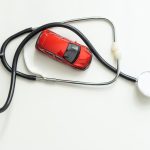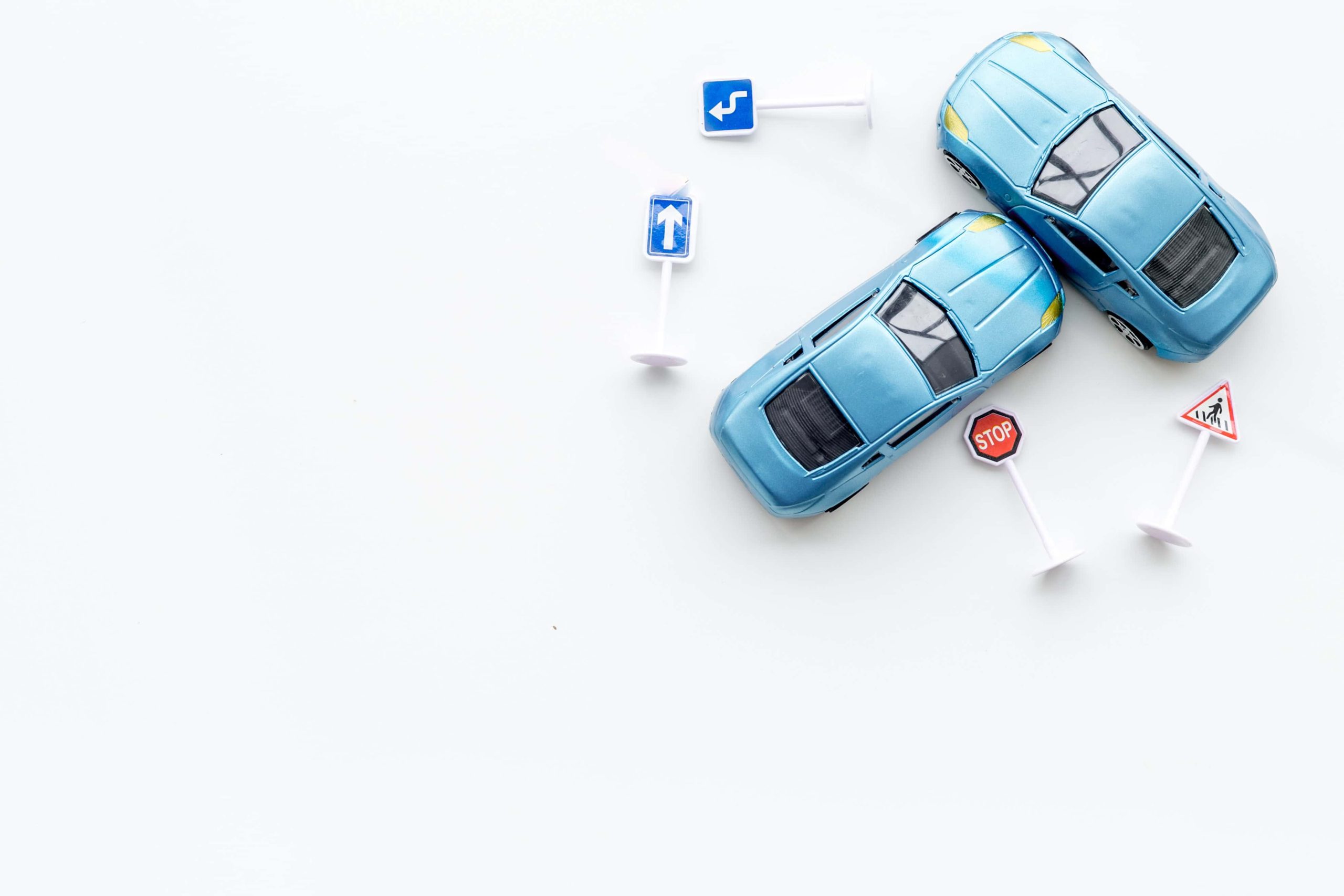You put your faith in your ability to get to your destination safely each time you step behind the wheel. But even the best drivers can’t control everything happening around them. One distracted driver, one slick road, or one quick stop can change everything in seconds. The impact might be minor—or it could leave you dealing with pain, hospital visits, and months of recovery. Awareness is the first step towards the best self-defense. You can prepare, respond more quickly, and drive more safely if you are aware of what can occur.
Typical Auto Accident Injuries and How to Prevent Them
Accidents involving cars can happen in a blink. But the trouble they cause may last for weeks, months, or even a lifetime. Knowing the most frequent injury kinds and how to avoid them could help you drive safely in different situations, from minor fender benders to serious crashes. Some of the common injuries include:
- Whiplash
- Concussions and Head Injuries
- Broken Bones
- Back and Spinal Injuries
- Cuts and Bruises
- Internal Injuries
Whiplash
Usually caused by rear-end collisions, whiplash is one of the most frequent injuries sustained in auto accidents. The neck muscles and ligaments are strained when the head is abruptly pulled forward and then backward. Neck pain, stiffness, headaches, and shoulder discomfort are common symptoms of whiplash. To reduce the risk of whiplash, always wear your seatbelt properly and ensure that your headrest is correctly positioned at the top of your head. Maintaining a safe following distance can also help prevent the sudden stops that often lead to this injury.
Concussions and Head Injuries
Head injuries, including concussions, can be extremely serious and are commonly caused by the violent jolt or impact that occurs during a crash. A concussion happens when the brain moves rapidly within the skull, which can lead to symptoms like dizziness, confusion, memory issues, and even loss of consciousness. Wearing a seatbelt and making sure your airbags are functional are essential precautions. Additionally, driving carefully in poor weather and avoiding risky driving habits can significantly lower your chances of sustaining a head injury.
Broken Bones
Fractures are easily caused by collision force, with the arms, legs, ribs, and collarbones being especially vulnerable. Getting better from a broken bone can take weeks or months and can be quite a pain. The best defense against such injuries is wearing your seatbelt, which helps to limit your body’s movement during a crash. Driving at a safe speed and keeping your focus on the road—particularly in heavy traffic or during lane changes—can also reduce the likelihood of serious impact.
Back and Spinal Injuries
Back and spinal cord injuries are among the most severe consequences of car accidents and can lead to long-term complications or even paralysis. These injuries often result from high-impact crashes, especially those involving rear-end or side collisions. To protect your spine, it’s important to use proper lumbar support, especially during long drives, and to avoid tailgating so you can react quickly to sudden stops. Being cautious during lane changes and merges also helps reduce the risk of sudden, jarring movements that can damage the spine.
Cuts and Bruises
While they may seem minor compared to other injuries, cuts and bruises are still common in car accidents. They can be caused by broken glass, flying objects inside the vehicle, or the forceful deployment of airbags. To avoid these injuries, keep your vehicle clean by removing loose or heavy items from seats and dashboards. Wearing your seatbelt also minimizes your movement in the event of a crash, lowering the risk of hitting interior surfaces or being injured by shifting objects.
Internal Injuries
Internal injuries can occur when the force of a crash causes damage to internal organs or leads to internal bleeding. These injuries might not be obvious right away but can be life-threatening if left untreated. Common causes include the impact of a seatbelt, hitting the steering wheel, or being struck by debris inside the car. Symptoms can include abdominal pain, dizziness, shortness of breath, or fainting. To lower the risk, always wear your seatbelt correctly, maintain a safe speed, and avoid aggressive driving behaviors. After any serious accident, seek medical attention, even if you feel fine at first.
Stay Ahead of Safety
Preventing injuries starts long before an accident ever happens. Staying focused behind the wheel—avoiding distractions like texting or eating—is key. Practicing defensive driving by anticipating the mistakes of others helps you stay prepared for sudden changes on the road. Never drive while tired or impaired, and always make sure your vehicle is in good condition with properly functioning brakes, lights, and tires.
Bottom Line
No one plans to get into a car accident, but being prepared can make a big difference. Small choices (like buckling up or staying alert) can help protect you from serious harm. You don’t need to be perfect behind the wheel. You just need to stay focused, follow the rules, and watch out for others who might not. Safe driving is more than just reaching your destination. It’s about making sure you, and everyone around you, get there in one piece. Drive smart, stay safe, and always be ready for the unexpected.









